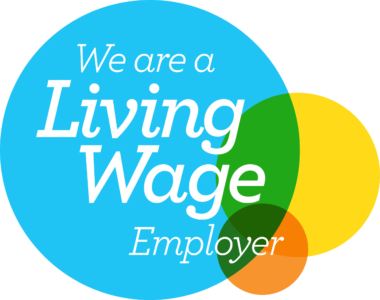The Government has now confirmed the timetable for the implementation of Awaab’s Law, which essentially ensures that social housing providers meet their repair responsibilities to tenants.
Fundamentally, Awaab’s Law will require a shift in how you respond to damp, mould, and emergency hazards, and failure to comply could result in legal action from your tenants.
As a social landlord, you now need to prepare for new legally binding repair timescales coming into effect in October 2025.
What does Awaab’s Law mean for you?
Awaab’s Law was introduced in July 2023 as part of the Social Housing (Regulation) Act 2023, following the tragic death of two-year-old Awaab Ishak from prolonged exposure to damp and mould in his Rochdale home.
The law is designed to ensure that no social tenant is left living in unsafe conditions, with strict timeframes for addressing hazardous issues in their homes.
From October 2025, you will be legally required to:
- Investigate and resolve damp and mould hazards that pose a significant risk of harm to tenants within fixed timescales.
- Carry out all emergency repairs, including, but not limited to, damp and mould issues, within a maximum of 24 hours.
However, this is just the first phase.
By 2026, the requirements will expand to cover additional hazards such as excess cold, fire risks, and structural collapse.
By 2027, almost all hazards listed in the Housing Health and Safety Rating System (HHSRS) will be covered under Awaab’s Law.
The clock is ticking – are you ready?
The introduction of legally binding timescales represents a major shift in accountability for social landlords. If your current processes cannot guarantee compliance, now is the time to act.
Tenants will have the power to take legal action if you fail to meet these requirements, making it crucial to ensure your housing stock is properly maintained and your repair response times are up to standard.
The Government will be issuing further guidance on the specific timescales and requirements for each phase of Awaab’s Law at a later date.*
In the meantime, you should:
- Assess your current repair procedures: are you able to respond to emergency repairs within 24 hours? If not, what needs to change?
- Prioritise damp and mould prevention: waiting for complaints to come in is no longer an option. Consider proactive inspections and maintenance to tackle these issues before they become hazards.
- Invest in tenant communication: keeping tenants informed about repair timescales and processes will be crucial in avoiding disputes and legal challenges.
Remember, you should also be preparing for future changes. While damp, mould, and emergency repairs are the first focus, other hazards will be added in 2026 and 2027. Having a long-term compliance strategy will save you from scrambling to meet each new deadline as it comes.
*We will post updates to our website as they come, but please get in touch with our team if you’d like to be contacted by a social housing expert for more guidance.
The bigger picture
Awaab’s Law is a clear statement that substandard social housing will no longer be tolerated.
While most of you already work hard to maintain safe and decent homes, this legislation removes any ambiguity about your repair obligations. The reality is that if you don’t comply, tenants will now have a direct legal route to hold you accountable.
October will be here before you know it, so it is critical to ensure your organisation is prepared. Waiting until the deadline arrives could leave you vulnerable to legal action and reputational damage.
If you need legal guidance on how best to prepare for Awaab’s Law and the upcoming changes, get in touch with our team today.
The content of this article is for general information only. It is not, and should not be taken as, legal advice. If you require any further information in relation to this article please contact the author in the first instance. Law covered as at February 2025.









